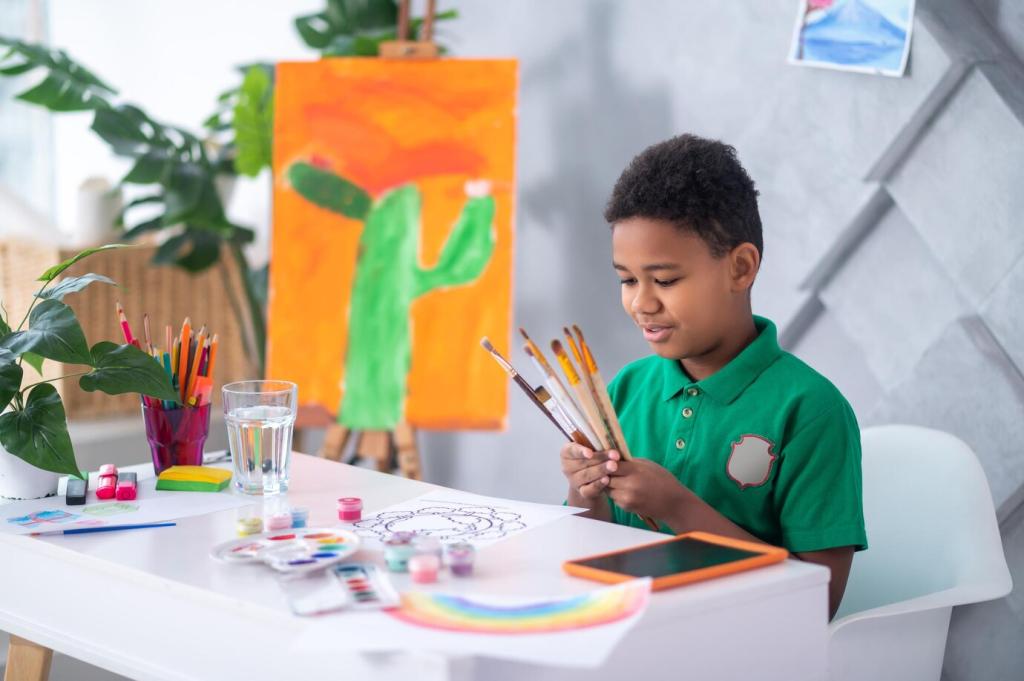Light Sculpting in Post
Paint light like a director: highlight the protagonist, dim distractions, and respect material properties. Low-opacity brushes build believable form. My favorite piece came alive after a gentle eye-light dodge. Where would you add a whisper of brightness?
Light Sculpting in Post
Use blend modes like Soft Light, Overlay, or Color Dodge on neutral gray layers to sculpt. For 3D, combine diffuse, specular, and ambient occlusion passes strategically. Share a before/after—what blend mode surprised you recently?



